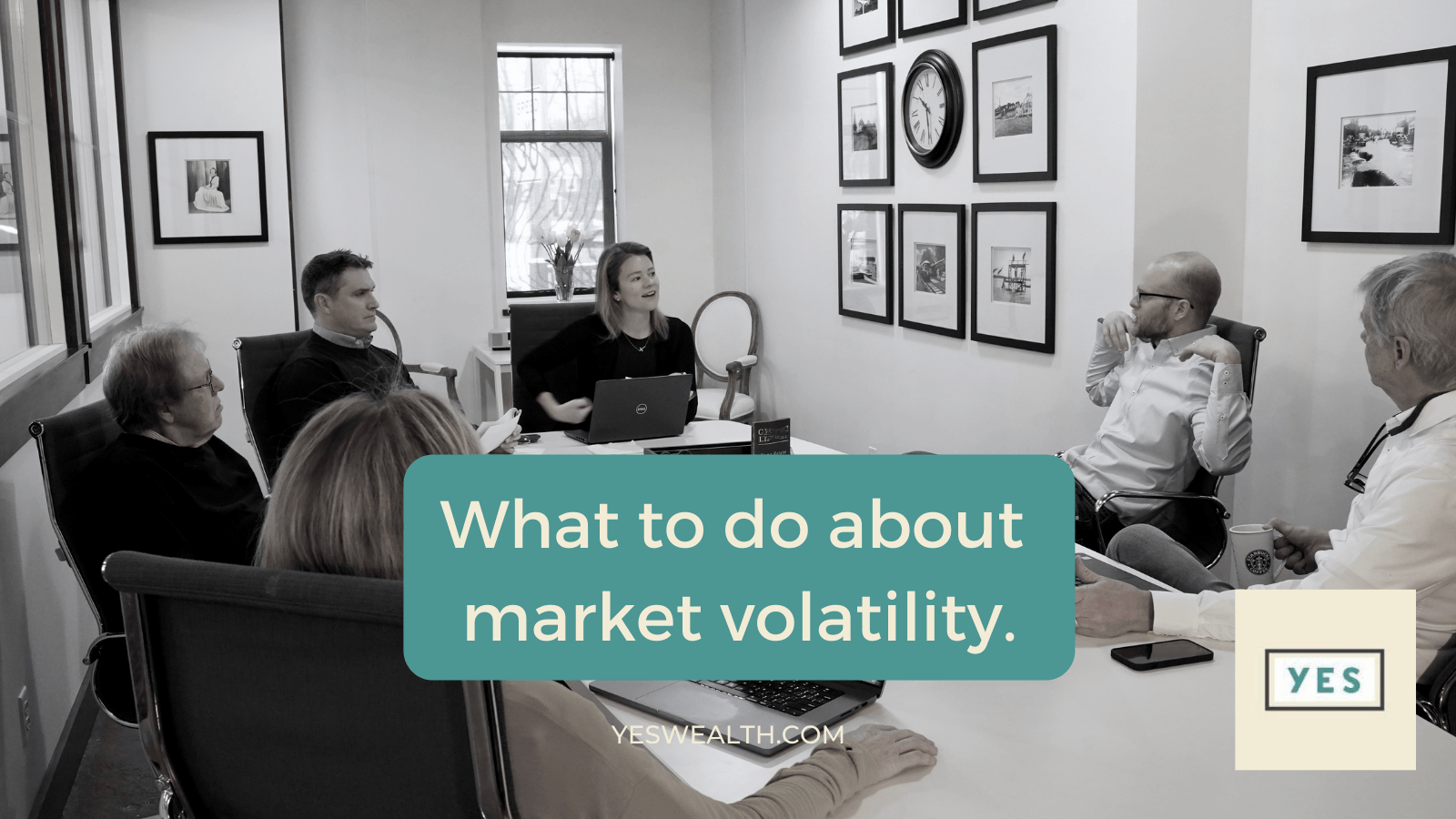What To Do About Market Volatility?
It’s not investor mania but Investor complacency about big stock and bonds moves that concerns me.
If you are not confused right now about what investment direction to take, you should be! Even market experts are uncertain about future market direction and volatility. A WSJ article from the other day said “Investors should get used to big stock-price moves, like Monday’s 600 point drop in the Dow, because they’re here to stay”. Well, after that Monday drop, we had VERY FEW calls of concern about the market. Now that may be because we have done a wonderful job creating confidence in our customer base, or possibly, people have already become “used to big-stock moves”.
The S&P 500 was down 13.5% in the fourth quarter of 2018. It had people panicking. So much so that on December 21st the SPDR S&P 500 ETF “DREW IN” the most money it had since February of that year (another dip period). And after the Monday May 13th 617 point drop, the market promptly went up by an almost identical amount over the next three days. So what’s to make of this?
After the Q4 correction of 2018, famous bond investor Jeffrey Gundlach of DoubleLine funds reflected on new money flows and said “… People have been so programmed, and feel so frustrated by selling when we get dips that this time they weren’t going to be fooled. This time they were going to buy the dip. I worry about that, though, because it reminds me a little bit about how the credit crisis developed in 2007 and 2008.” Whoever bought in December is “feeling good today” no doubt, but does the upward trajectory of the market continue?
So what’s an investor to do? On one hand, serious questions about global growth and geopolitical events are creating uncertainty which can make us want to sell on dips. On the other hand, the strong US economy and the Federal Reserve’s easy money policy make us want to take advantage of market dips! Well, Robert Shiller, the Yale University economist who shared the Nobel Prize in economics in 2013 reminds us “The professionals may be better at reading balance sheets and income statements and the like, but not at evaluating whether this is 1929 all over again” (or 2008).
So, as I said, we should all be confused. As articulated by Peter L. Bernstein, an economic historian and a widely read popularizer of the efficient market theory: “Understanding that we do not know the future is such a simple statement, but it’s so important. Investors do better where risk management is a conscious part of the process. Maximizing return is a strategy that makes sense only in very specific circumstances. In general, survival is the only road to riches. Let me say that again: Survival is the only road to riches. …. The riskiest moment is when you’re right……. As incredible as it sounds, that makes you comfortable with not being diversified.” And he goes on to say “I view diversification not only as a survival strategy, but as an aggressive strategy, because the next windfall might come from a surprising place. I want to make sure I’m exposed to it.”
Combining survival and growth requires real diversification (which is no longer provided by traditional stock /bond portfolios alone – a story for another day). What are the future growth drivers, Alternative Energy or Environmental and Social Governance (ESG)? And how do you survive economic contractions? We find that real diversification requires us to utilize market neutral, risk controlled and risk protected alternative funds in our portfolios to protect our clients during market volatility and from dreaded “market corrections”. In short, prepare yourself for market downturns before they happen, not after. That is how we manage volatile times like these.

